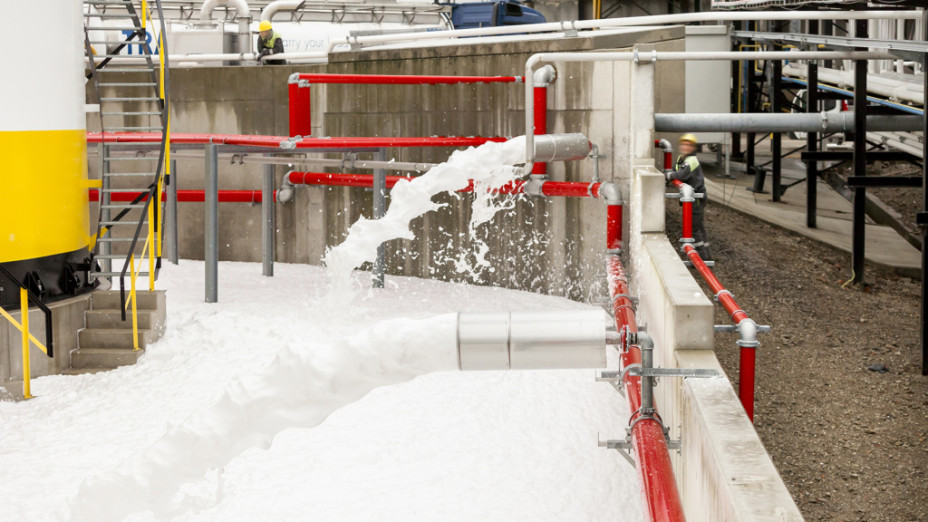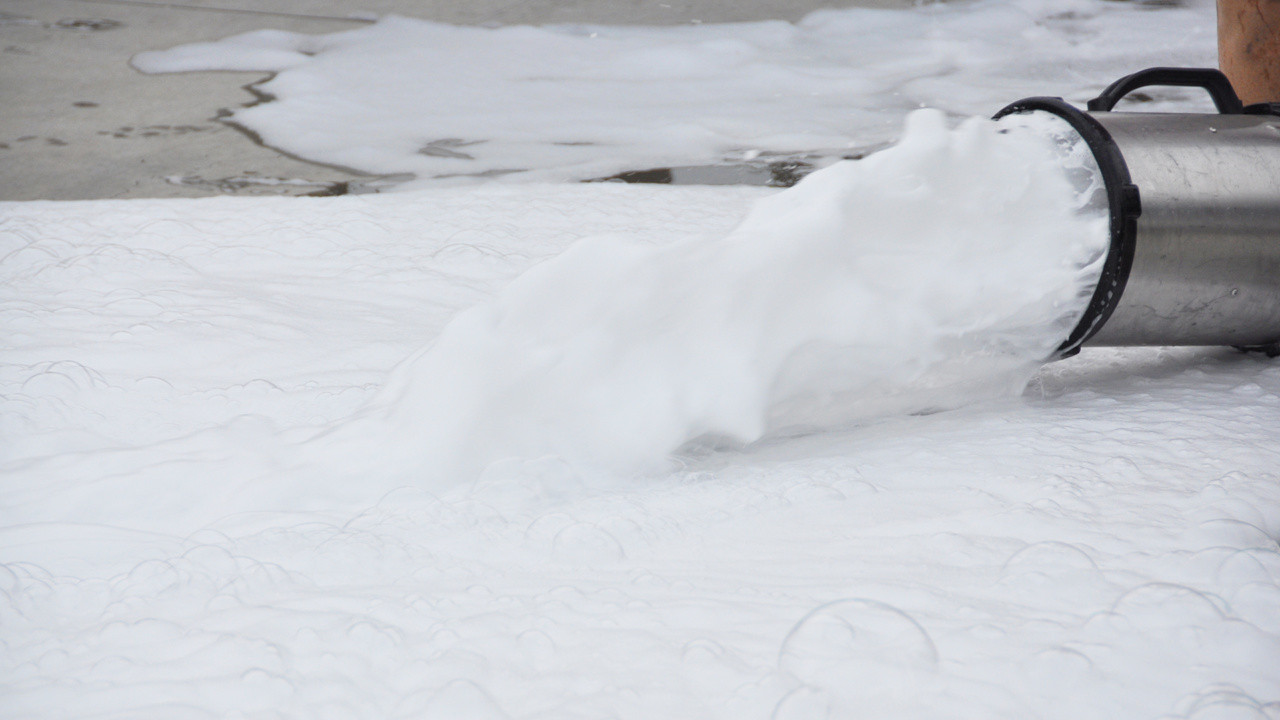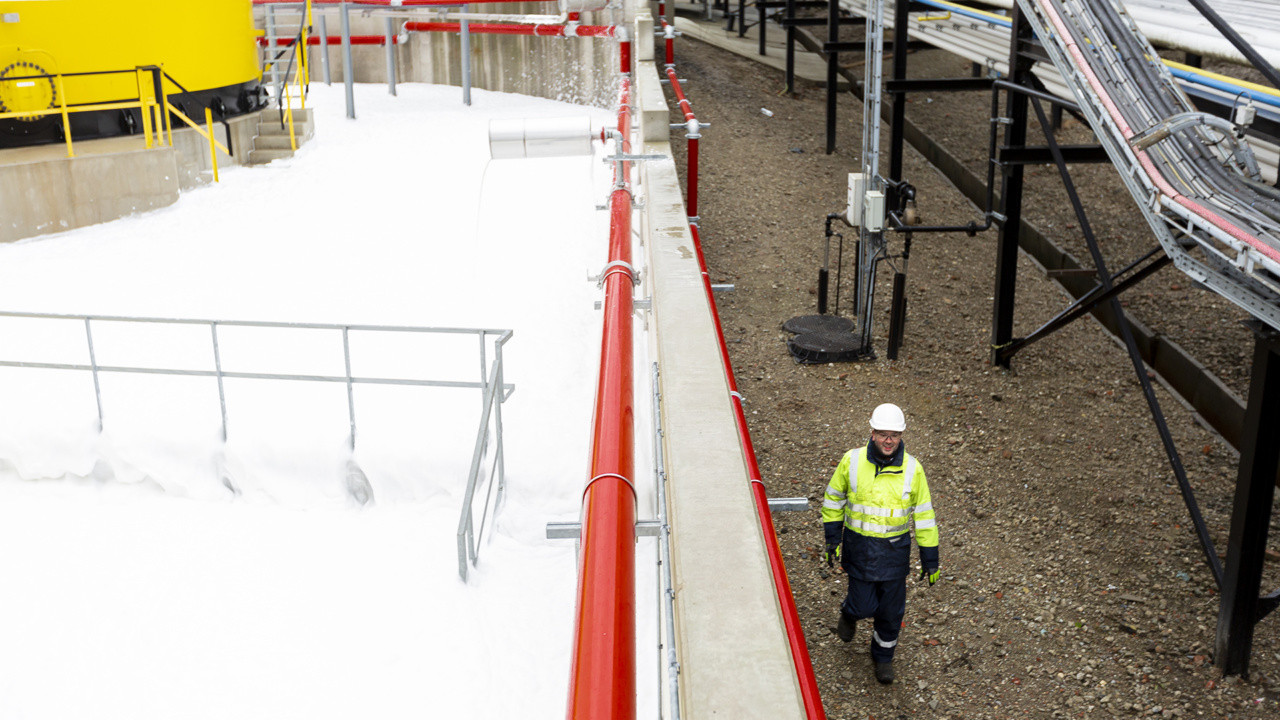The sk firesafety foam exchange program team lists laws and regulations on what to expect
PFOS (C8)
In the past, fire-fighting foams often contained Per-Fluor-Octane-Sulphonic acid (PFOS). Since 2011, the use of extinguishing foam containing PFOS has been prohibited. This foam should not be present in installations according as that PFOS has been restricted under Annex 1 of the EU’s Persistent Organic Pollutants (POPs) Regulation.
PFOA (C8)
After the phasing out of PFOS, manufacturers started investigations for alternative Perfluorine compounds, often using agents containing Per-Fluoro-Octanoic-Acid (PFOA), the so-called “C8 fluorine chains”. But these substances are also harmful. That is why the use of PFOA/C8 has already been restricted: a sales stop has been in place since July 2020 and a stock ban is in force from July 2021 according to the Commission Delegated Regulation (EU) 2020/784, Annex I, Regulation (EU) 2019/1021 of the European Parliament.
What does it mean?
Do you have AFFF, FFFP, FP or AFFF-AR foam stock which is over 3 years old? We strongly recommend that you check any Foam Concentrate stock of containing PFOA. The following rules currently apply to existing installations containing PFOA particles more than 25 ppm (parts per million):
- Extinguishing foam containing PFOA may only be used for liquid fires;
- The use of fire-fighting foam with PFOA for training purposes is completely prohibited;
- Testing of installations is only allowed if 100 % of the used product can be collected. Consequently, you must have a liquid tight bottom or pit, so that the released substances cannot end up in the environment;
- Are you unable to collect all the released product? Then testing is no longer possible. This may affect the certification of your installation.
Phase out PFOA
From January 2023, the use of extinguishing foam including PFOA will also be prohibited for liquid fires if all released product cannot be contained or collected.
From July 2025, there will be a total ban on the use of fire-fighting foam containing PFOA.
Pfas (c6): upcoming regulations
Since the phaseout of PFOS and PFOA, most fire-fighting foam manufacturers have switched to alternatives with “shorter-chain” Perfluorinated compounds, often containing six carbon atoms or even les. These are the actual available AFFF, FFFP FP and AFFF-AR foam agents (C6)
These “C6 fluorine chains” also cause harm to people and the environment due to their persistence and toxic behavior
To prevent a “waterbed effect”, a European restriction proposal is under construction to ban the application for the entire group of PFAS.
The European REACH regulations describe in detail how a restriction proposal file must be compiled.
At the end of 2019, it clearly appeared that proposal restrictions on PFAS could count on wide support in the Environment Council in Brussels.
The law is now expected to be ratified by the end of 2022.
If so, the next steps would be:
- 18 months after the publication of the law, fire-fighting foam containing C6 fluorine chains may no longer be produced. You should consider the lack of availability from 2023 onwards;
- 5 years after publication, it’s use is also prohibited. This means that extinguishing foam with C6 concentrate (AFFF) may no longer be used in installations.
Exception: up to 12 years after publication, the use of extinguishing foam with C6 connections is expected to be permitted for storage tank fires and related tank pits, provided they are larger than 400 m2. Again, we recommend that you should consider the potential lack of availability as production will have already stopped.


